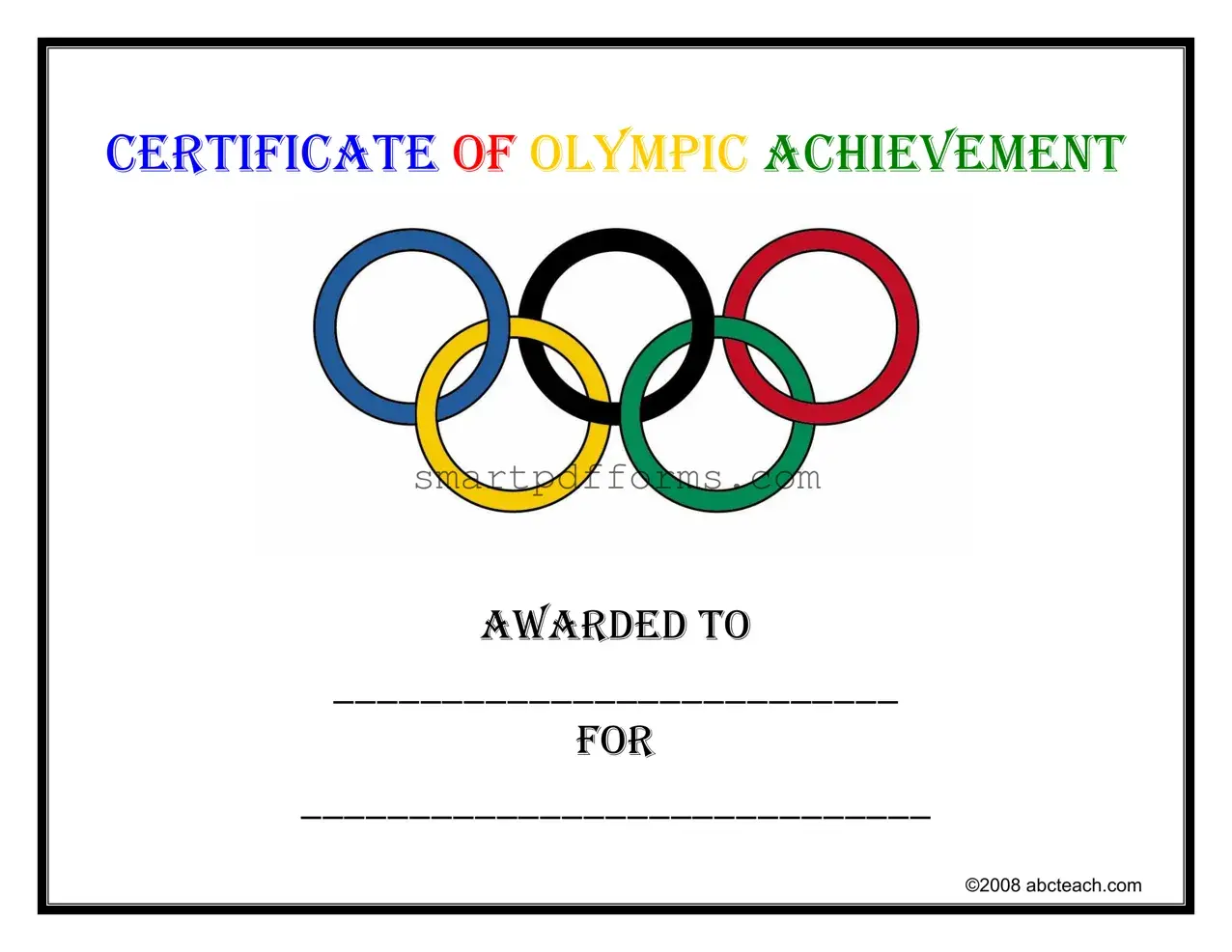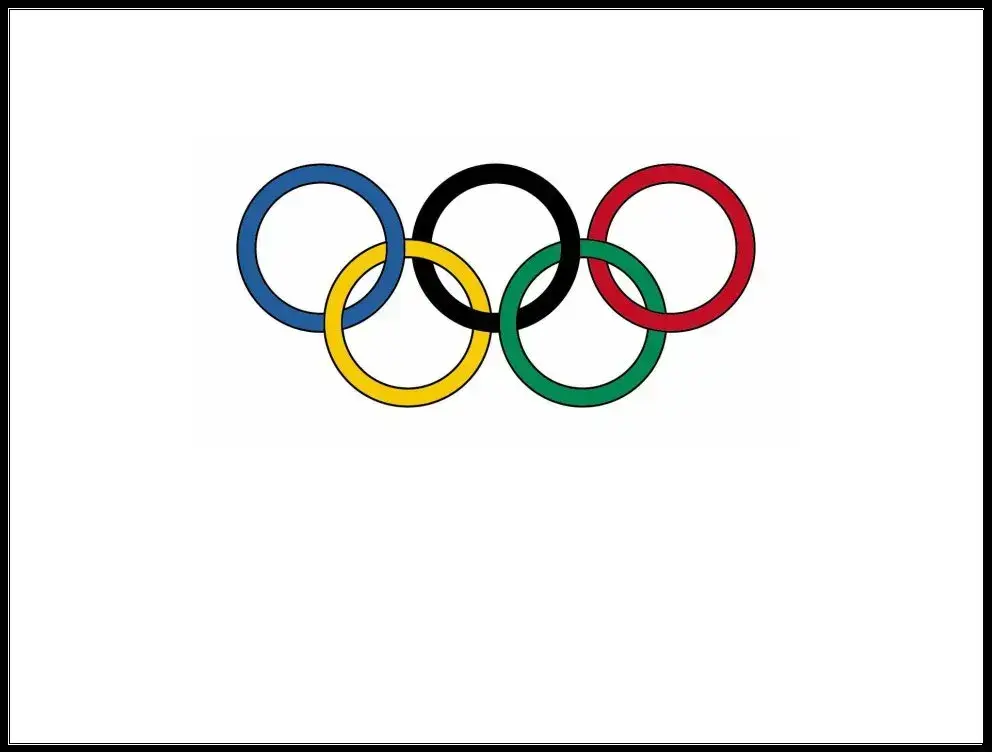Blank Certificate Olympic PDF Template
The Certificate of Olympic Achievement is a document designed to recognize and honor the accomplishments of individuals in Olympic-related activities. Originating from abcteach.com in 2008, this certificate serves as an official acknowledgment of achievement, personalized with the recipient's name and specific accomplishment.
To celebrate your Olympic achievements or recognize someone else’s, fill out the Certificate of Olympic Achievement by clicking the button below.
Make This Document Now

